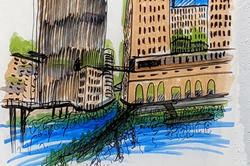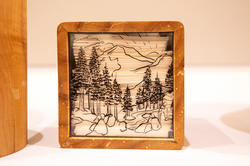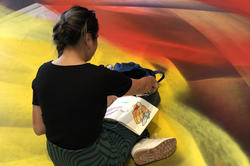Students in a fall studio highlighting humans’ impact on the natural world get encouraging critique from returning alum and wildlife artist Walton Ford.
RISD Students Explore Unique Ecology of Hawai’i Island
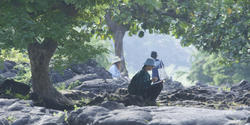
Students participating in Art & Science of Conservation, a Wintersession global studies course located on the island of Hawai’i, are exploring the historical and contemporary connections between art, conservation and local and Indigenous environmental practices.
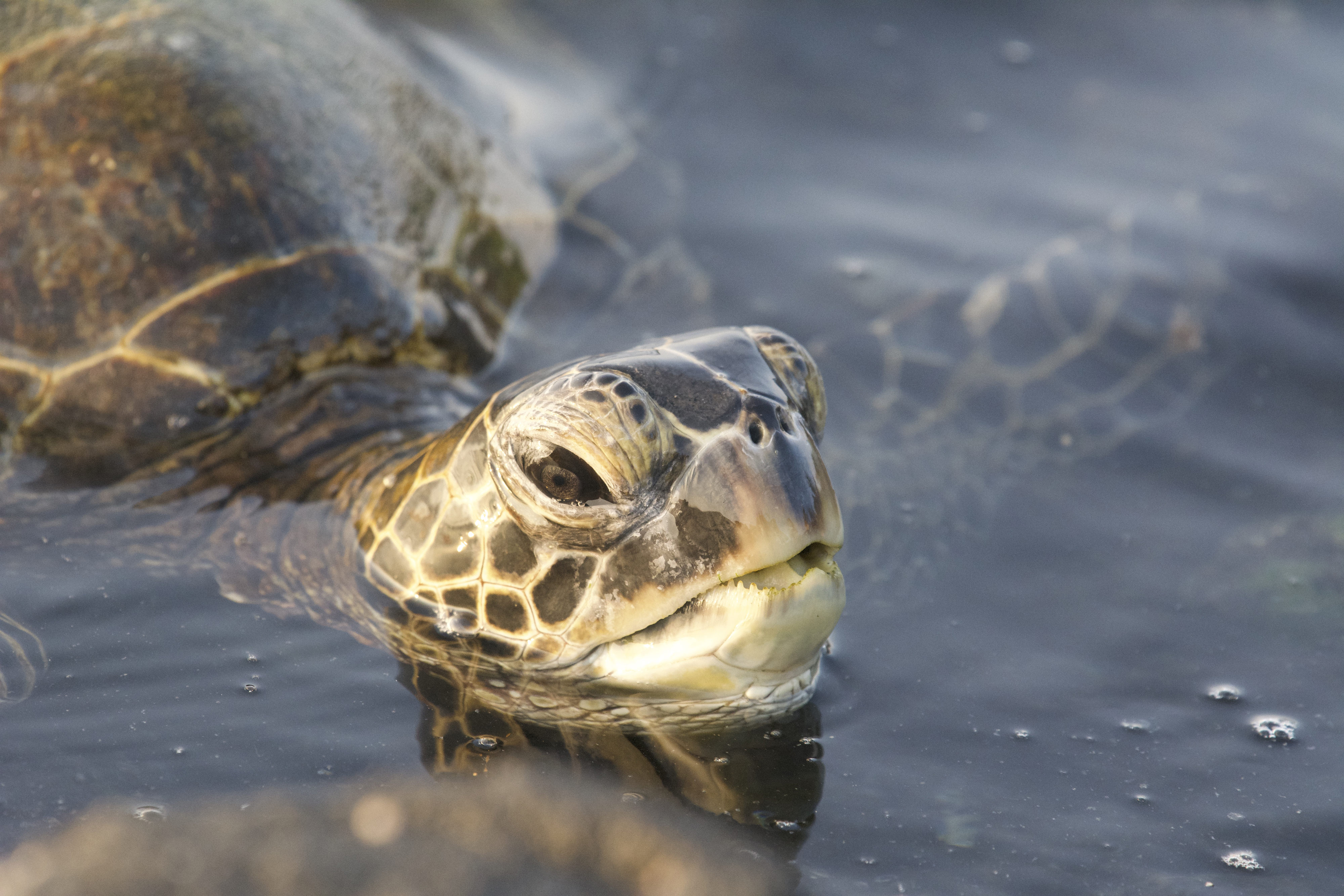
Co-designed and co-taught by visual artist and Associate Professor of Illustration Andrea Dezsö and zoological medicine specialist and longtime RISD faculty member Lucy Spelman, the course benefits from relationships with local arts and environmental educational organizations, including the Donkey Mill Art Center (DMAC). Local educators are sharing their deep knowledge of Hawaiian wildlife and teaching students to practice kilo, or place-based learning involving close observation.
“Students acquire knowledge directly from traditional cultural practitioners and learn how Indigenous art and design approaches arise in response to the island’s distinct ecology and environment.”
Associate Professor Andrea Dezsö
“By partnering with the Donkey Mill Art Center, a grassroots organization deeply embedded in the local community, students acquire knowledge directly from traditional cultural practitioners and learn how Indigenous art and design approaches arise in response to the island’s distinct ecology and environment,” says Dezsö.
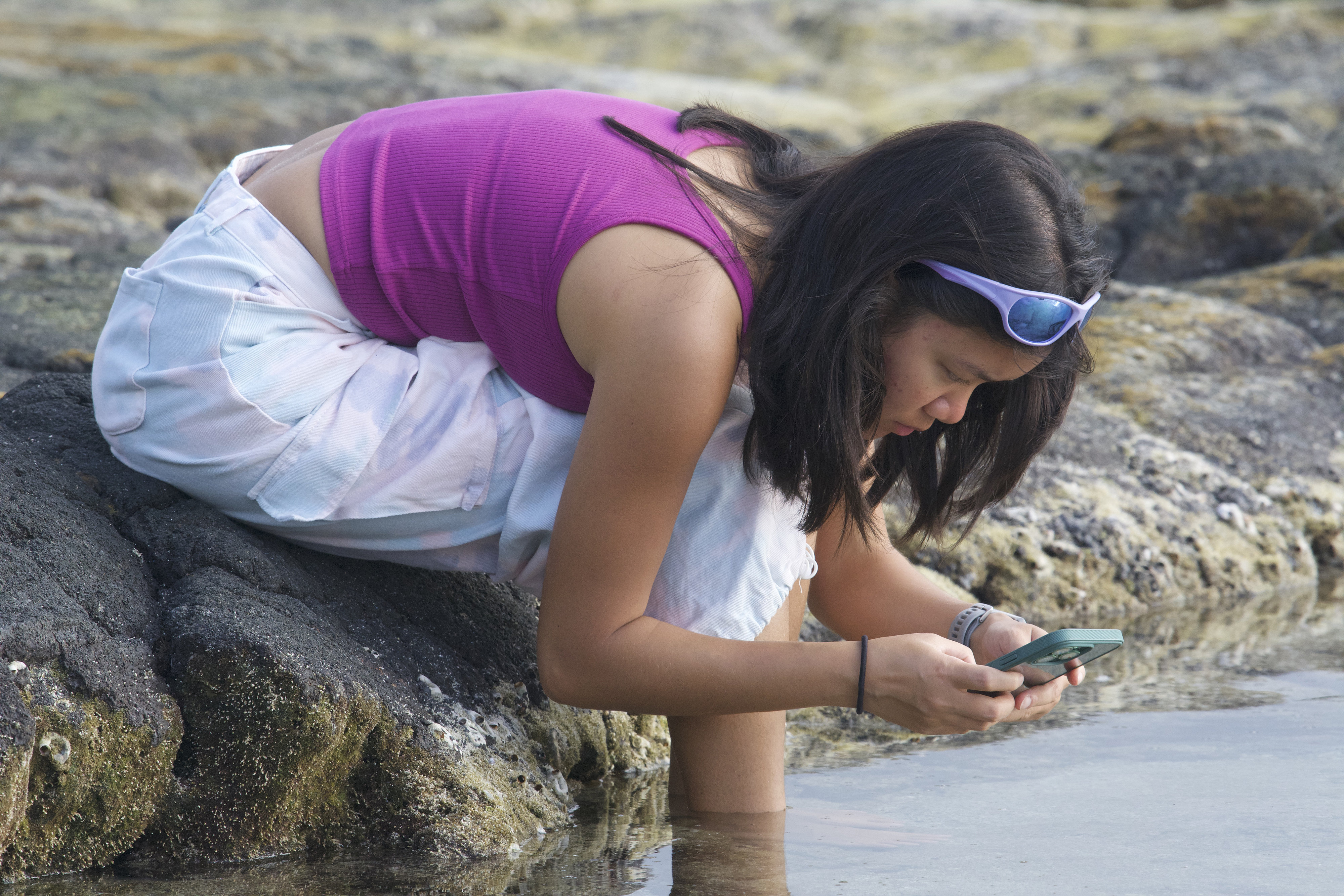
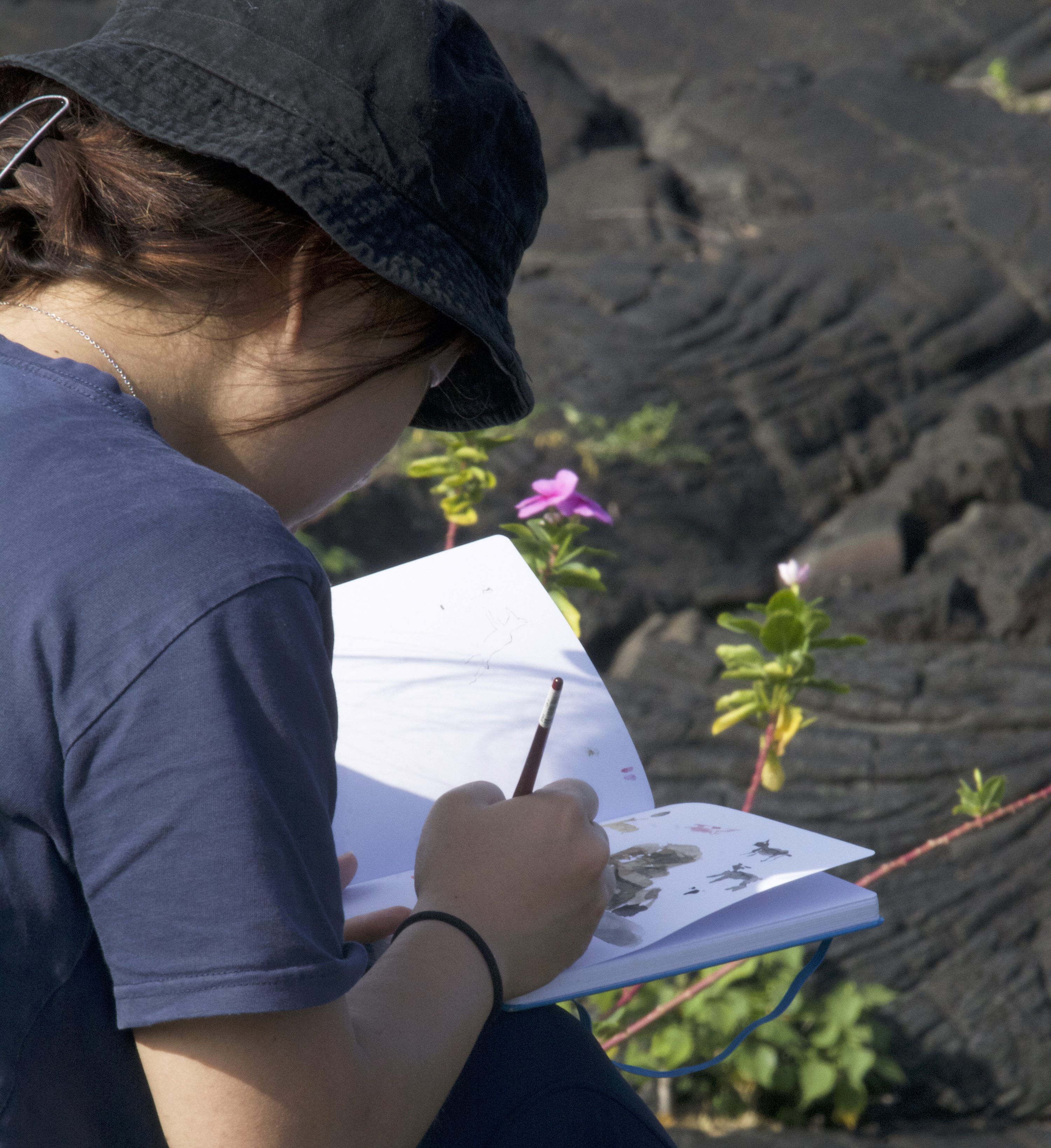
“We designed this course to give students the opportunity to explore and document the incredible biodiversity found in several of Hawai’i’s most important—and endangered—ecosystems, ranging from the Ohi’a tree forests found at high elevation to the coral reefs found along the coast,” Spelman adds.
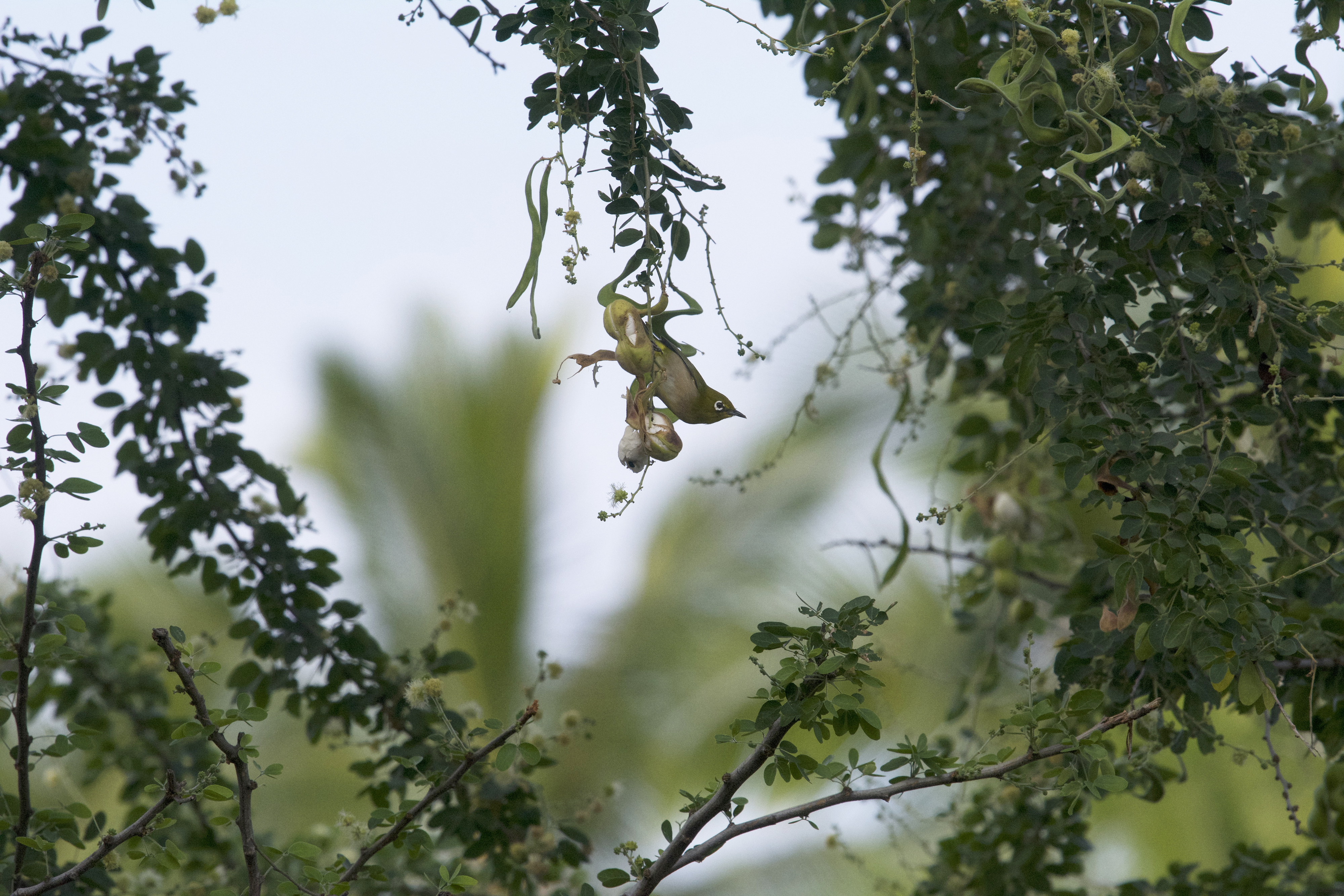
Throughout their two-and-a-half-week stay on Hawai’i, students will document their experiences—including lectures, nature/biodiversity walks, meetings with local artists and scientists, and visits to such unique places as Puʻuhonua o Hōnaunau National Historical Park, Kohainki Native Plant Garden & Cultural Learning Center and the traditional agricultural fields at Kahaluʻu Kūāhewa—through a combination of writing and art making. Before heading back to Providence, each student will begin an original work of art or design informed by a scientific literature review paper.
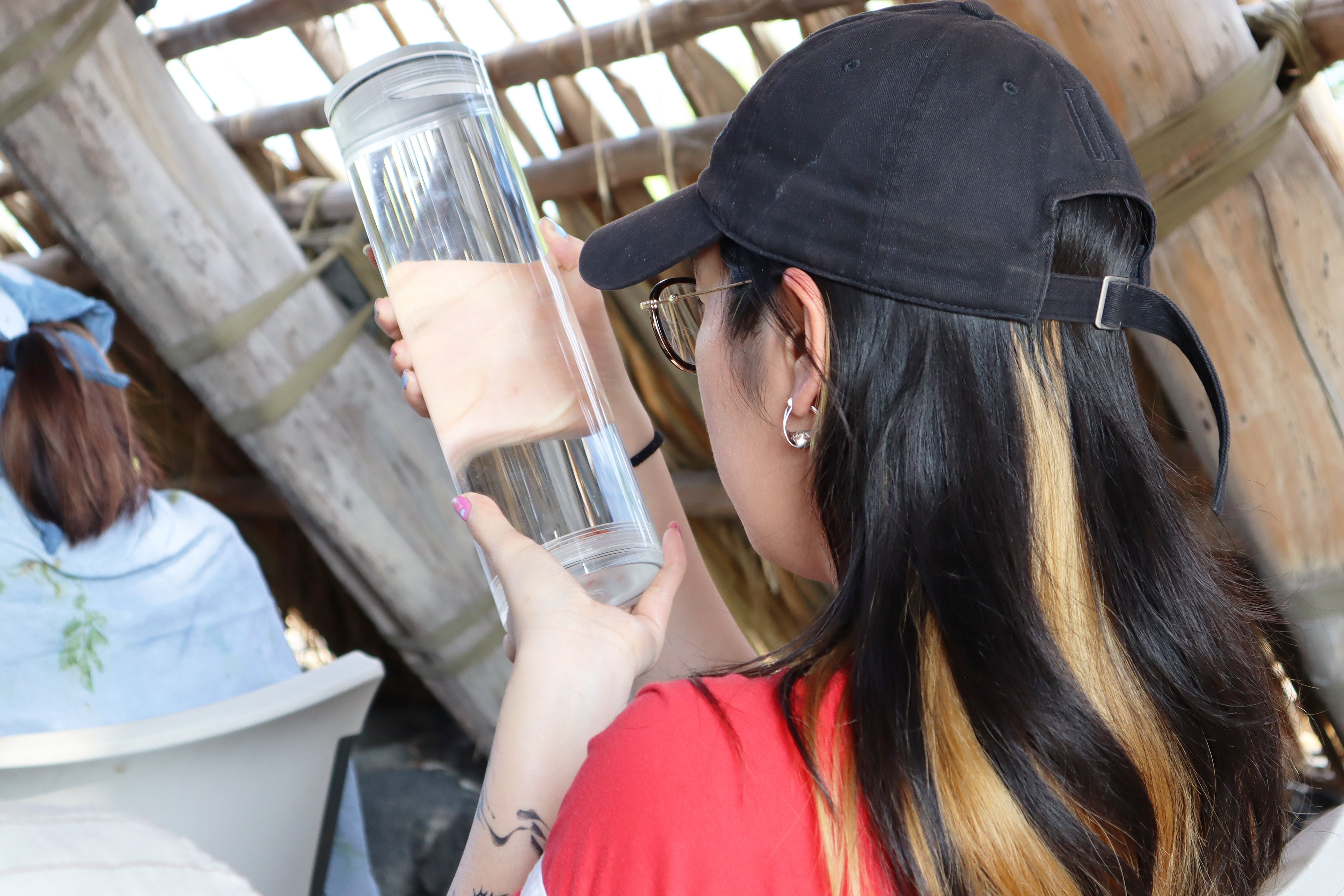
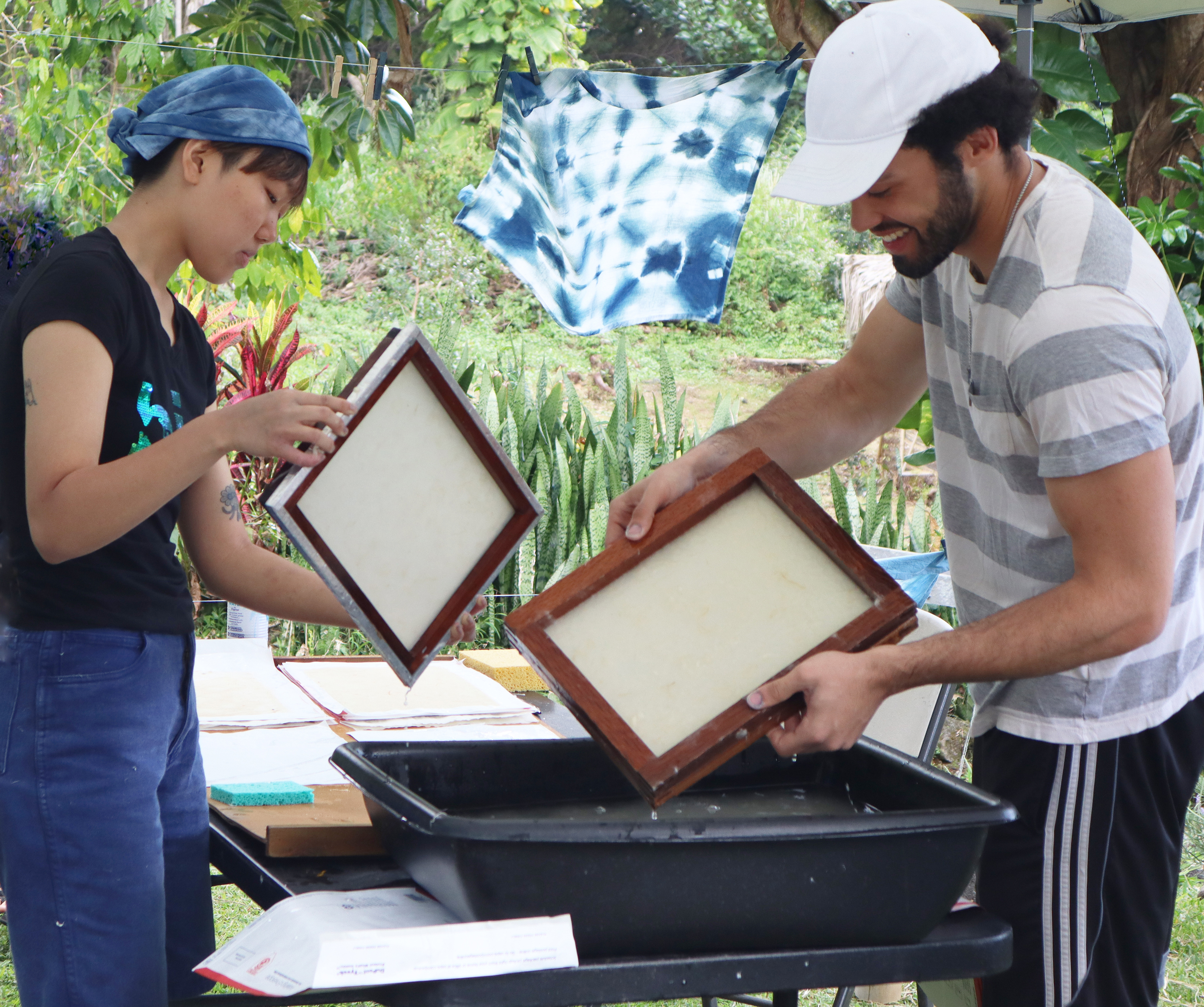
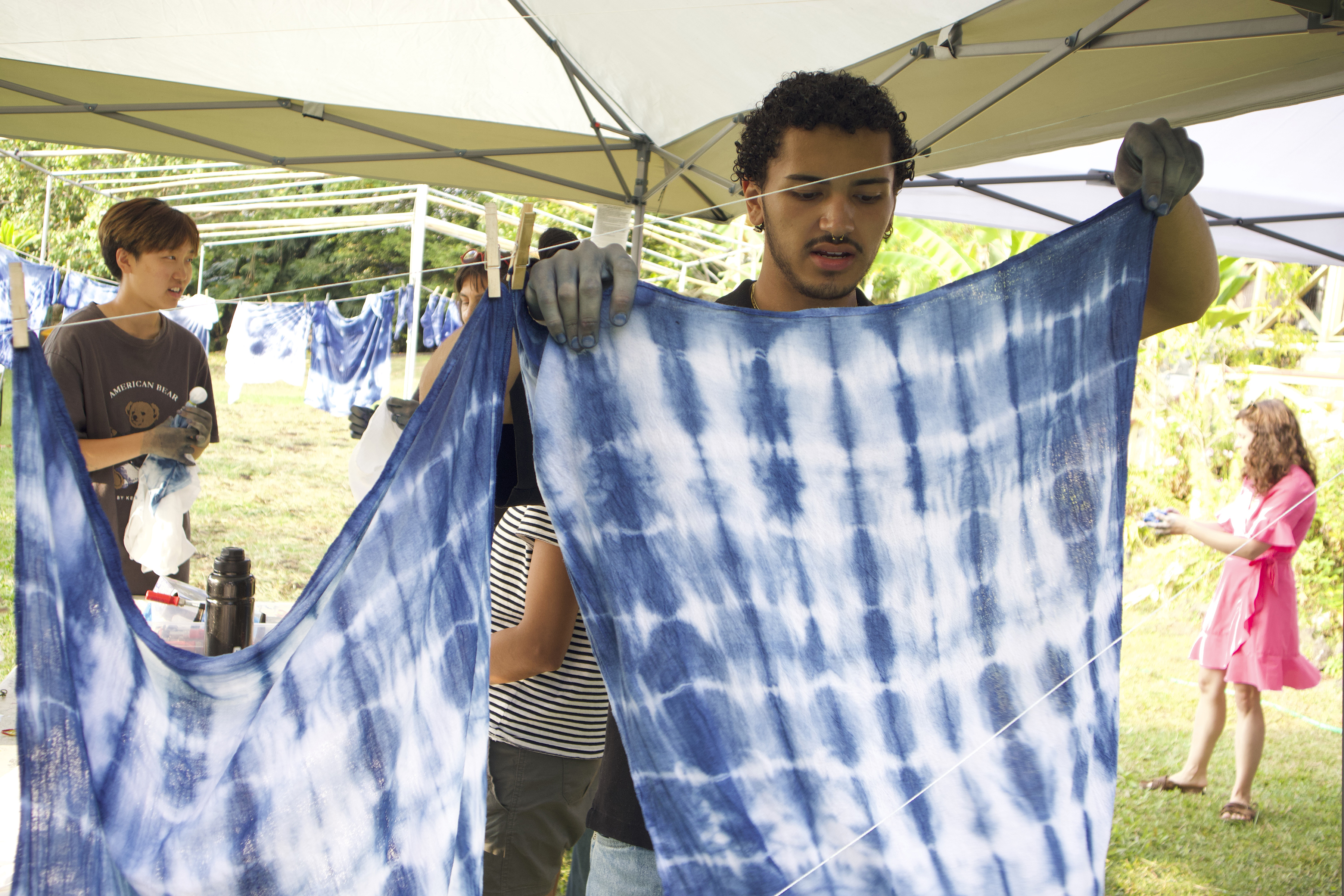
The goal of the class, Spelman and Dezsö note, is to encourage students to deeply consider questions about conservation, such as who conducts the studies that drive decisions, what role Indigenous knowledge plays and what is “eco” about “ecotourism.” Another key question, especially relevant to RISD students, is how the sustained practice of drawing on location can enhance our understanding of the natural world and inspire stewardship.
—Simone Solondz / photos by Lucy Spelman
February 2, 2023
